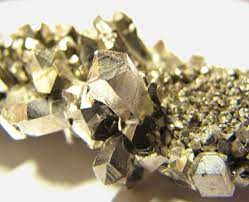Niobium:

The Union Cabinet recently approved royalty rates in respect of three critical and strategic minerals, namely, lithium, niobium, and Rare Earth Elements.
- Niobium is a rare, soft, malleable, ductile, gray-white metal.
- It has a body-cantered cubic crystalline structure.
- It must be placed in a protective atmosphere when processed at even moderate temperatures because it tends to react with oxygen, carbon, the halogens, nitrogen, and sulphur.
- Niobium resists corrosion due to the oxide film.
- The metal starts to oxidise rapidly in the air at 200 degrees Celsius.
- The metal is inert to acids, even to aqua regia at room temperature, but is attacked by hot, concentrated acids, and especially by alkalis and oxidizing agents.
- It is one of the five major refractory metals (metals with very high resistance to heat and wear).
- It has the property of becoming superconducting at low temperatures
- It is not found free in nature but in minerals such as columbite and tantalite.
- Commercially, niobium is extracted by first forming the oxide (Nb2O5).
- The oxide is then reduced using carbon or hydrogen.
- Major Producers: Brazil is the world’s largest supplier, with Canada a distant second.




